When epidemics or pandemics hit, they usually hit the poor first and worst. We have known this for a while. The German pathologist Rudolf Virchow described this link between poverty and vulnerability to outbreaks in his 1848 study of a typhus epidemic in Upper Silesia:
For there can now no longer be any doubt that such an epidemic dissemination of typhus had only been possible under the wretched conditions of life that poverty and lack of culture had created in Upper Silesia.
What we have not known, until recently, is how best to help the poor protect themselves from pandemics.
To understand why the poor are more vulnerable to epidemics and pandemics and what protections are required, we need to consider how outbreaks first start, how they spread, and how they affect individuals and societies.
Recently, we’ve been studying pandemics—outbreaks that spread across international boundaries, potentially wreaking enormous health, social, and economic damage. Pandemics are becoming more frequent, not less: Emily Chan and colleagues have shown that the likelihood of pandemics has risen over the last century due to environmental, ecological, and social factors.
How pandemics start—and why they smolder and spread
Most pandemics begin with a pathogen leaping from wild or domesticated animals to humans, what is called a “zoonotic spark.”
Kate Jones and colleagues have found high levels of spark risk in West and Central Africa, and South and Southeast Asia. These regions are experiencing rapid expansions in human settlements, intensifying agricultural and livestock production, and increasing exploitation of natural resources. Such factors drive contact between humans and animals, amplifying pandemic risks. These regions are also home to most of the global poor.
The first line of defense against pandemics is surveillance: monitoring human and animal populations to spot outbreaks and contain them quickly.
Despite growing international attention, disease surveillance remains weakest in impoverished countries at greatest risk. Such countries are short on labs, infrastructure, and trained epidemiologists. Underinvestment in preparedness reflects the painful choice facing poor countries with high disease burdens: attend to today’s health burdens or to the potentially far-off (yet inevitable) risk of a pandemic.
These weaknesses mean that in poor countries, isolated outbreaks are likely to go undetected longer and, thus, to smolder and spread.
How they impact health—and the pocketbooks of the poor
Regardless of where a pandemic starts, once underway, the poor tend to bear the brunt. Low- and middle-income countries (LMICs) have weaker health systems and limited capacity to handle surges in cases. Christopher Murray and colleagues estimate that if a flu pandemic similar in severity to the 1918 Spanish flu pandemic were to hit today, there could be 62 million deaths, of which 96 percent would be in LMICs.
We can curtail pandemics if we quickly develop vaccines and make them widely accessible. However, without vigorous efforts to secure equitable access, vaccine distribution will follow the logic of the market. During the 2009 swine flu pandemic, wealthy countries secured large advance orders for vaccines, but, despite the efforts of the World Health Organization to negotiate donations, poor countries were crowded out—receiving vaccines more slowly than rich countries and unable to cover as many of their citizens.
These same distributional inequalities are also likely to play out within poor countries. The poorest regions in a country are often the most vulnerable since they have fewer pandemic response resources—fewer health workers and clinics and less medicine. When outbreaks begin, the poor are also more likely to have already been suffering from malnutrition and immunosuppressive conditions, which can increase susceptibility to infectious diseases.
Epidemics and pandemics can cause enormous economic damage as workers fall sick, fearful people avoid markets and public places, and quarantines and disease control measures reduce travel and clamp down on trade. Acute economic disruption carries particular risks for poor households, whose livelihoods are already precarious.
All three countries affected by the 2014 West African Ebola epidemic suffered large GDP growth shocks, totaling $2.8 billion in lost GDP. This figure probably underestimates the true economic impact. Victoria Fan and colleagues calculated the “inclusive” cost of outbreaks (the sum of the cost in lost income and a dollar valuation of the cost of early death) and found that for Ebola, the inclusive costs are two to three times the income loss.
Protecting the poor—a four-point plan for pandemics
Since poor populations face a higher spark risk—a greater chance that an outbreak will spread in these communities—and a higher likelihood of health and economic shocks, pandemic preparedness efforts must preferentially target the poor. This means doing at least four key pro-poor things:
- Focus on countries with high disease burdens and high spark risk. This requires domestic and international investments in basic public health systems, including investments in human and animal surveillance, paying close attention to addressing vulnerability in the poorest regions within LMICs. We agree with the International Working Group on Financing Pandemic Preparedness that development partners should strengthen financing of national preparedness efforts in LMICs, focusing on “(i) in-country capital investments and one-off spends; (ii) multi-country regional initiatives; and (iii) failed and fragile states where domestic resourcing is not a realistic option.”
- Track progress in pandemic preparedness. Governments should be held accountable for improving their preparedness—especially for providing equal protection to all citizens, whether rich or poor. In a recent article, we recommend ongoing monitoring, external evaluations, and the use of pandemic risk and preparedness indices.
- Ensure equitable access to pandemic vaccines and medicines. Strategies could include pre-purchase agreements that specify minimum coverage for poor countries and an equivalent pace of disbursement of these technologies.
- Invest now for economic recovery from pandemics. This requires special facilities, such as the World Bank’s Pandemic Financing Facility. In the midst of a severe pandemic, even wealthy countries can face domestic political pressures to spend at home and to clamp down on discretionary aid spending. There is also a role for targeted assistance to poor households through safety nets, cash transfers, or other forms of assistance.
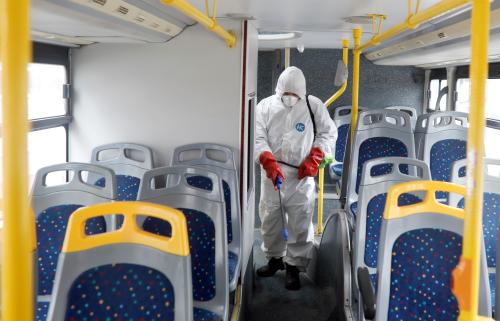
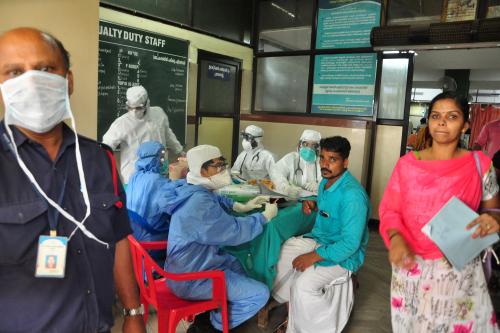
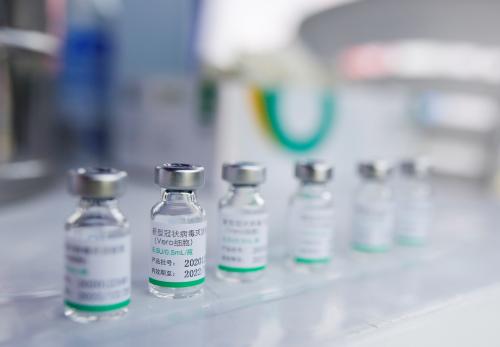


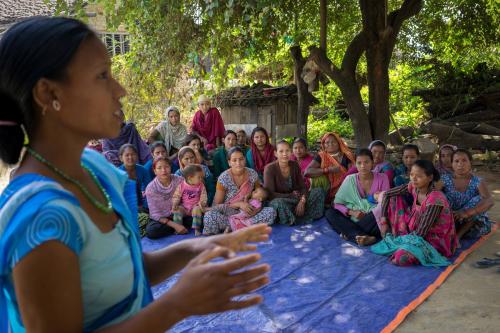
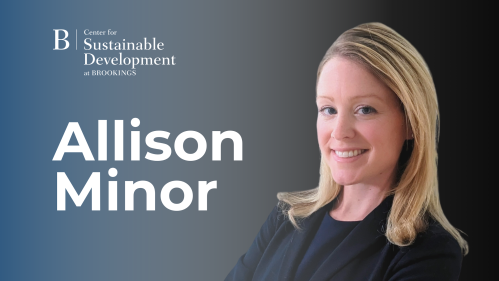
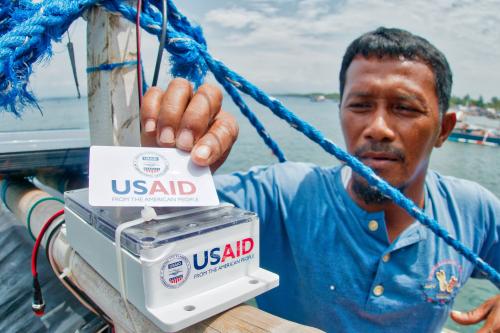
Commentary
Pandemics and the poor
June 19, 2017